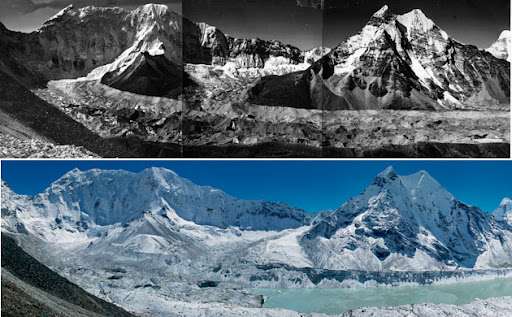Gold's current work is based in the Peruvian Andes, near the village of Licapa. Although the success of this 'whitewashing' method is still highly debated it had gained the support of the World Bank who announced it as one of the 26 winners in it's '100 ways to save the Earth competition' in 2009 which had over 1,700 submissions.
Although organisations such as the UK's Royal Society have stressed that this scheme would only have local effects and that countries should still focus on cutting carbon emissions, it gives some hope about our potential to use geo-engineering to help mitigate against climate change. So if you get the urge to paint any rocks or mountains anytime some, I suggest you paint them white.
(To see a video of Eduardo Gold explaining the principles behind white washing, go to the BBC news website)
 |
Figure 1: Eduardo Gold painting the rocks on Chalon Sombrero (Source BBC News, 17th June 2010) |

No comments:
Post a Comment